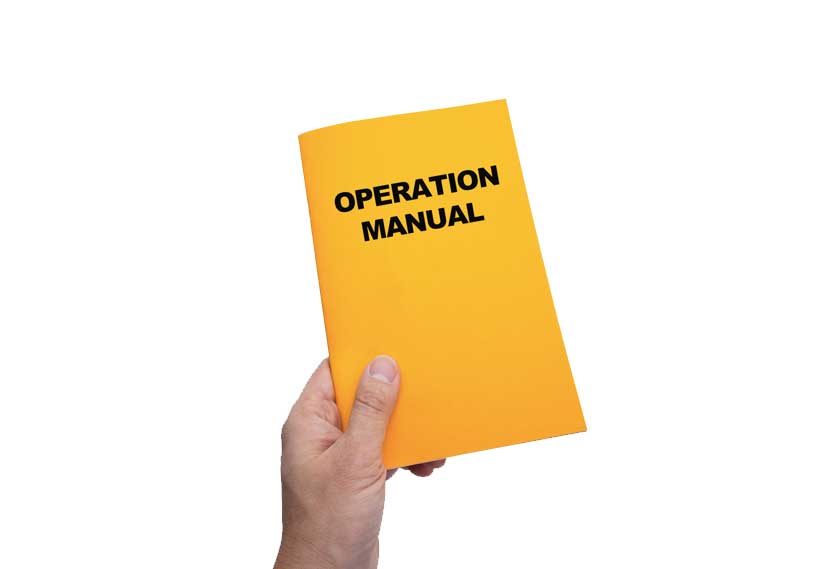Perhaps one of the greatest sources of stress for a business owner is their staff.
Because they help us to build amazing businesses. But at the same time they hold us back in so many frustrating and pointless ways.
I’m sure you’ve had the fantasy that most IT support owners have at some point: “Maybe I could fire everyone,” you daydream. “Shrink the business down so it’s just me doing everything. I’d be busier. But there wouldn’t be so many problems to fix”.
Of course, that’s not viable. If it’s just you in the business, then it’s not really a business. It’s a well paid job. That will never allow you to ever have a proper holiday.
No, we need our staff. And so we put loads of time into training and developing them. Our reward is a business that thrives without us and lets us build up an asset base.
The price for this is accepting and dealing with a level of hassle that goes along with having employees.
The key to better staff is engagement with what they are doing. This gets harder the more staff you have. If it’s you and a bit of help, then you’ll probably have very engaged staff. But if you’ve got 10 or more employees. there will be lever of disengagement creeping in.
A research company called Gallup does an engagement study every year. It has interviewed millions of employees. And discovered, there are only really three kinds of employee.
The best are labelled Engaged. They treat the business like it’s their own (in a good way). They find problems and fix them. They care about the business and what it’s trying to achieve. You can rely on them in every possible way.
Only a few of your staff will be truly engaged. The bulk will be Not Engaged, to use the Gallup label. These people turn up and do their work, but it’s lacking passion. They are almost sleepwalking their way through the day.
There’s a third, bottom level of staff. And this is the level you should be most scared off. The worst staff are Actively Disengaged. I prefer to call them Internal Terrorists. Because they’re unhappy with their life and job, and they are very busy living out that unhappiness.
These are the people you and your staff tend to find yourself working around. They are the barriers to progress. They are the wasp chewers who spend more time whinging than working.
When someone has been Actively Disengaged for some time, often the only answer is to fire that person and rid yourself of their toxic presence. In fact, I’d go as far as to say, it’s virtually impossible to dramatically grow an IT support or IT consultancy business with them inside it.
It’s your attitude and not your aptitude that determines your altitude. And it’s the bad attitude that makes these staff so scary
There are three things that unengaged staff commonly say. Hear these things and let a chill go down your spine. Because they are symptoms of lack of engagement.
“But we’ve always done it that way”
Which is actually a demonstration of resistance to change. It’s another way of saying they can’t be bothered to go through the hassle that the change requires.
“But the clients won’t like that”
What they mean is that they don’t like it. But by projecting it onto the client, they know that will hit deeper into your fears.
“That’s not going to work”
An out and out display of a bad attitude. Total, absolute refusal to change. When engaged staff say this, it’s for the right reasons, and it’s accompanied by ideas to make it work. When disengaged staff say it, they’re doing so with folded arms and a sour look on their face.
So how do you engage your staff then?
There are entire books written about this. What I’ve found over the years is that giving staff monthly 121s is the key to increasing engagement.
They need to be done with someone who matters. Either the owner of the business. Or someone in the management team. Ideally the person who is their boss.
You sit down for 20 minutes, preferably off site, and you chat. About the business, the clients and them. It’s an informal discussion – no documents or appraisal forms in sight – but it actually has a very clear structure to it.
Because you ask them 3 key questions:
- Since we last met, what’s gone well?
- What hasn’t gone so well?
- What should you do differently next time?
These questions set a framework that allow both you and your team to talk about the things that really matter. For them it will be problems and issues. For you it will be performance and efficiency.
To your staff, you are mummy or daddy. And everyone loves some 121 time with a parent, right? The engaged staff thrive on it and their performance gets better. The disengaged staff either get better… or they realise the spotlight is on them and decide to go elsewhere.
We should never be scared of bad staff leaving. In fact, we should be more scared of bad staff staying…




